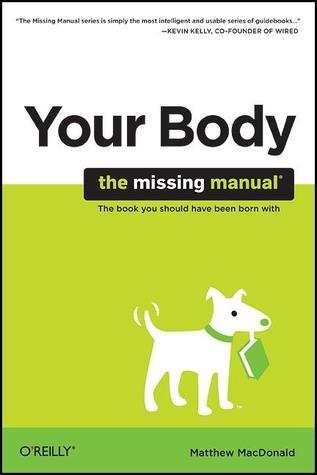
The Body: A Guide for Occupants
Book Description
Step inside the most complex machine on the planet: the human body. With humor and illuminating detail, Bill Bryson takes readers on a riveting journey through our anatomy, unveiling the astonishing feats of biology that keep us alive. From the intricate workings of the brain to the mysteries of the gut, every page uncovers extraordinary secrets and bizarre facts that will leave you in awe. Bryson’s mastery of storytelling transforms the science of living into an adventure like no other. Are you ready to discover what truly makes us tick?
Quick Book Summary
"The Body: A Guide for Occupants" by Bill Bryson is an engaging exploration of the human body, blending science, history, and humor. Bryson leads readers through a fascinating tour of organs, systems, and cells, demystifying complex biology for general audiences. He weaves together curious anecdotes, discoveries, and the marvels of human anatomy, showing not just how the body works, but also why it so often doesn’t. From the resilience of the skin to the mysteries of the brain and the amazing community of microbes in our gut, Bryson reveals how much we still have to learn about ourselves. This accessible and enlightening book encourages readers to appreciate their bodies’ miraculous capabilities and the everyday miracles that keep them alive.
Summary of Key Ideas
Table of Contents
The Everyday Miracles of the Human Body
Bryson begins his journey through the body by marveling at the everyday miracles that allow us to function. He highlights the intricate processes behind basic actions—breathing, healing, and moving—reminding us that survival depends on countless hidden biological routines. Even simple feats, like standing upright or blinking, are revealed as complex collaborative efforts among muscles, nerves, and cells. Throughout, Bryson’s signature humor and analogies make arcane anatomical facts lively and relatable. He combines scientific snapshots with stories of discovery, showcasing how much we take for granted within our own skin.
The Role of Microbes and Invisible Systems
Delving deeper, Bryson introduces us to the vast microbial world living on and inside us. He explains how trillions of bacteria, viruses, and fungi sustain vital bodily functions, particularly in the gut. These invisible allies digest food, train our immune system, and influence our mood. Bryson examines the shifting scientific views on microbes, covering moments of fear, misunderstanding, and eventual appreciation. He underscores that humans are ecosystems—less solitary organisms and more communities, their well-being inseparable from microbial life.
Historical Struggles and Advances in Medicine
The narrative then explores medicine’s uneven path through history. Bryson recounts grim chapters of medical quackery and ignorance, such as bloodletting and dubious surgeries. He celebrates breakthroughs: sanitation, anesthesia, and vaccination. However, he notes that progress was often slow and accidental, with many present-day medical routines still shrouded in mystery or error. Bryson’s vignettes of daring researchers and famous patients highlight how trial and error, curiosity, and skepticism have shaped medicine.
The Limits and Vulnerabilities of Human Anatomy
Interweaving through the wonders, Bryson emphasizes the human body’s limits and vulnerabilities. He addresses genetic mutations, diseases, aging, and the randomness of accidents. Despite being well-adapted machines, our bodies are fragile, sometimes beset by puzzling conditions that science can’t fully explain. Bryson’s accounts of rare diseases and unexpected medical recoveries reveal the body’s resilience as well as its unpredictability, urging readers to respect the delicate balance that governs health and survival.
Celebrating the Wonder and Complexity of Life
The final theme is one of celebration and awe for our biological complexity. Bryson encourages readers to recognize the improbable odds of their existence and the intricate choreography performed by their 37 trillion cells. He invites us to wonder at the fact that we function so well, so much of the time, despite all that can go wrong. By humanizing complex science, Bryson not only fosters respect for biology but also a humility that comes from realizing how little we still know. The book ends as a testament to the enduring mystery of life and the joy of curiosity.
Download This Summary
Get a free PDF of this summary instantly — no email required.





